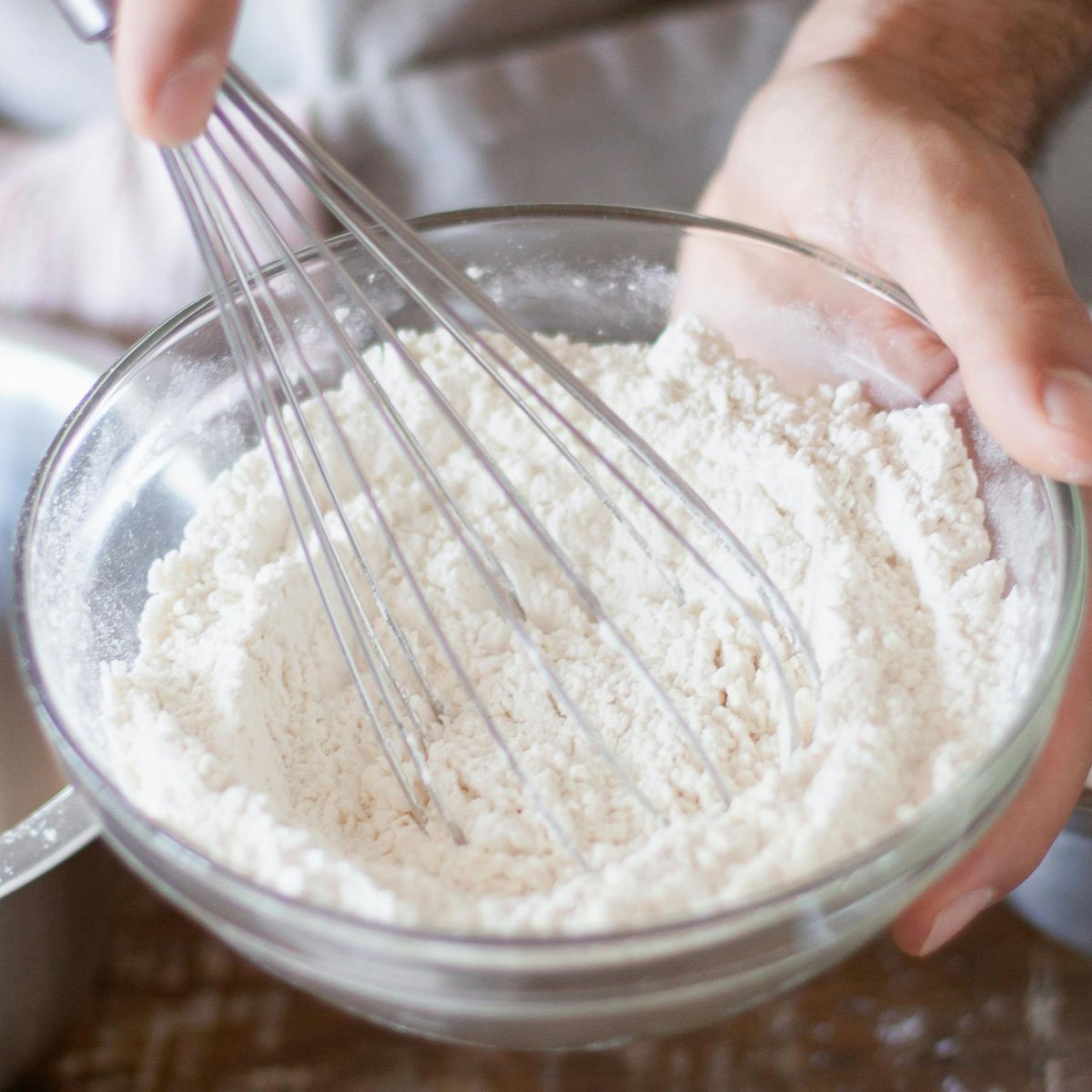Table of Contents
A Pantry Staple You've Probably Never Noticed
It's in salad dressings, sauces, gluten-free baked goods, even your toothpaste. And yet, most people have never heard of it. When I first encountered xanthan gum while baking a gluten-free banana bread, I'll admit I had to look it up. What is xanthan gum? As it turns out, it's a common food additive derived from simple sugars and beloved by food scientists and home cooks alike for its impressive thickening and stabilizing properties.

How Xanthan Gum Is Made
The production process of xanthan gum sounds more like something from a lab than a farm. It starts with fermenting sugar (often from corn, wheat, or soy) with a bacterium called Xanthomonas campestris. This bacterium creates a gooey, gummy substance that's then dried and milled into the fine white powder we see on store shelves. Though it's industrially produced, it's generally considered safe and is approved by food regulatory bodies around the world.
Why It's in So Many Foods
If you've ever wondered why certain sauces stay perfectly smooth or why gluten-free breads don't fall apart, xanthan gum is likely playing a role. It binds moisture and provides elasticity and structure in the absence of gluten. It also prevents separation in emulsions like vinaigrettes and helps frozen foods maintain texture during temperature changes. A little goes a long way-just half a teaspoon can transform a whole recipe.

Using Xanthan Gum at Home
Home cooks often encounter xanthan gum when diving into gluten-free or vegan baking. I now keep a small jar in my cupboard for when I'm experimenting with flourless brownies or trying to replicate the chewy texture of classic cookies. The key is moderation: too much and your food may become overly gummy. It's best added to dry ingredients before mixing, and always whisked or blended well to prevent clumping.
What You Can Use Xanthan Gum In
Xanthan gum is incredibly versatile and shows up in a wide variety of recipes-especially those that need a little help with texture or structure. Whether you're cooking gluten-free or just want smoother sauces, it's a useful pantry staple. Here are a few popular uses:
- Gluten-free baking - Helps mimic the structure gluten provides in breads, cookies, and cakes.
- Salad dressings - Keeps oil and vinegar from separating.
- Smoothies - Adds creaminess without extra dairy or banana.
- Gravies and sauces - Thickens without lumps or the need for flour or cornstarch.
- Ice cream - Prevents icy crystals and improves texture.
- Low-carb recipes - Acts as a binder or thickener when traditional starches aren't used.
A little goes a long way, so start small and adjust as needed!

How to Store Xanthan Gum
To keep xanthan gum fresh and effective, store it in an airtight container in a cool, dry place away from moisture and direct sunlight. Your pantry or a cupboard works well-as long as it's not near the stove or dishwasher, where heat and humidity can degrade its quality. While xanthan gum has a long shelf life, always check for clumping or off smells if it's been sitting for a while. Properly stored, it can last for several years without losing its thickening power.
Where to Buy
Xanthan gum is readily available in the baking aisle of most grocery stores, especially in the gluten-free section. It's also easy to find online. It has a long shelf life, making it a handy ingredient for occasional use without waste.
Want to Learn More?
Follow us on social media for helpful kitchen tips, gluten-free recipe inspiration, and ingredient spotlights like this one. We're here to make your cooking smarter, simpler, and even a little more scientific.




























